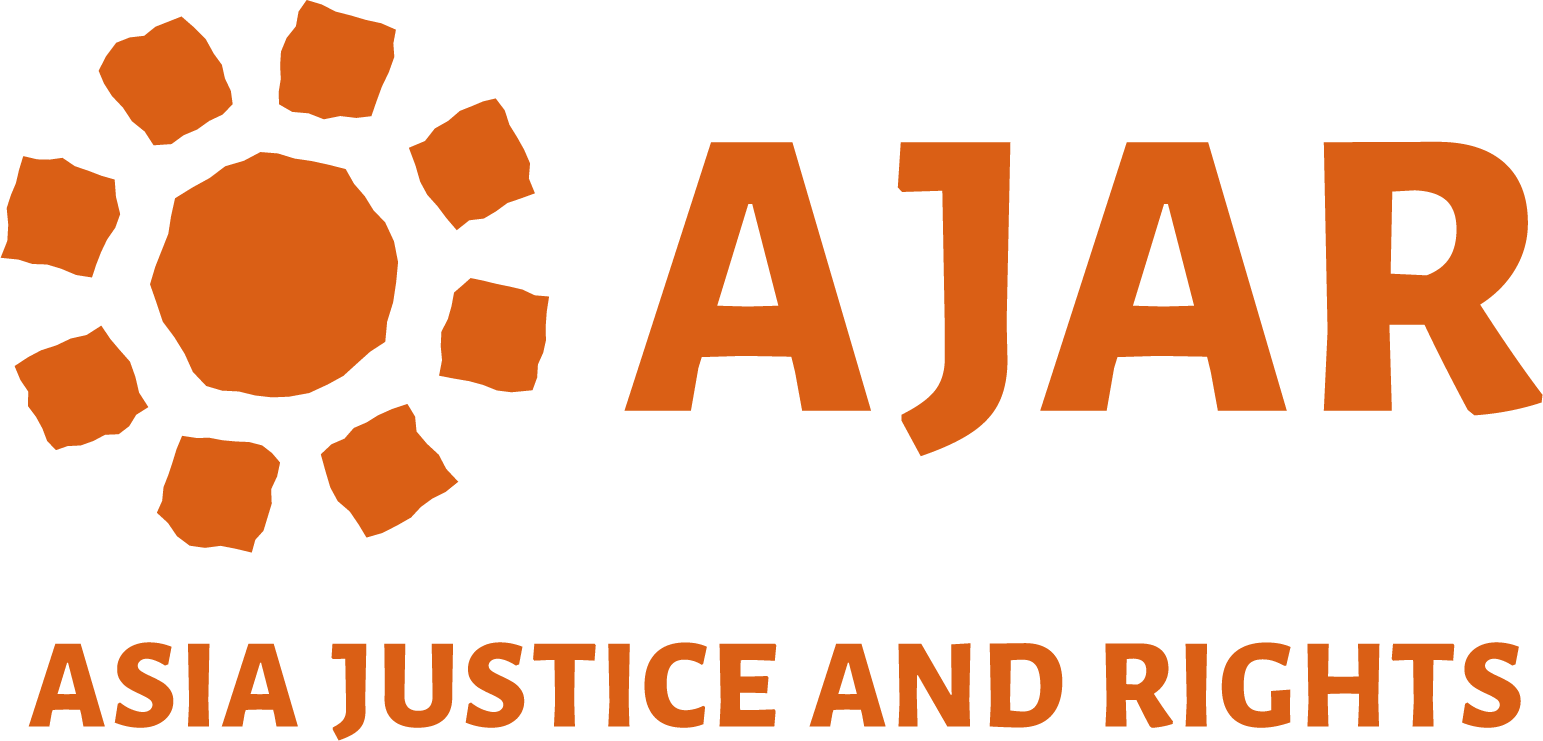More than thirty years after its transition from dictatorship to democracy, the Philippine State encountered serious challenges holding members of the Marcos regime accountable for their fourteen-years of Martial Law (1972-1986). Several mechanisms were introduced in the post-dictatorship period which saw the eventual emergence of state-led reparations:
- The 1987 Constitution guaranteed the establishment of an independent Commission on Human Rights (CHR), tasked with the investigation of all forms of human rights violations involving civil and political rights.
- President Corazon Aquino, then exercising her legislative powers under the revolutionary government, issued Executive Order No. 1, series of 1986, which provided for the creation of the Presidential Commission on Good Government (PCGG).
- The law gave the PCGG the mandate of recovering the ill-gotten wealth amassed by President Ferdinand E. Marcos, his immediate family, relatives, and close associates. In 2012, President Benigno S. Aquino III signed into law Republic Act No. 10368, or the Human Rights Victims Reparation and Recognition Act of 2012.
- The law established the Human Rights Victims’ Claims Board (HRVCB), a quasi-judicial body that was tasked with the adjudication of claims for reparations of human rights violations victims of the Marcos regime.
- In September and October 2017, the Board published a list of the first 4,000 of 75,730 applicants to receive monetary reparations.
As well as these government-led programs, there have been a number of initiatives by civil society, including:
- On 13 July 1994, in Baclaran, Manila, families of the Victims of Involuntary Disappearances (FIND) unveiled the Flame of Courage Monument dedicated to the memory of the lives lost fighting for people’s rights. The date also commemorates the ninth anniversary of the disappearance of Redemptorist priest, Fr. Rudy Romano. This monument bears the figure of a woman holding a torch. Beside her is a child carrying a picture of his father. The mother and child symbolise the hope of many families to be reunited with their disappeared loved ones.
- In 2007, the Bantayog ng mga Bayani or Monument to the Heroes, was opened to the public in Quezon City, Manila. Dedicated to heroes of resistance to martial law, this memorial centre includes two previously-constructed monuments—the Wall of Remembrance and the Inang Bayan monument that shows a fallen man held by the hand of a woman symbolizing the Motherland—and a new museum holding memorabilia of the resistance movement.
- The Martial Law Museum is an online museum launched in 2017 by Ateneo de Manila University to educate others about Martial Law in the Philippines and memorialise its victims.
Please watch the following video and reflect on reparations in the Philippines:
